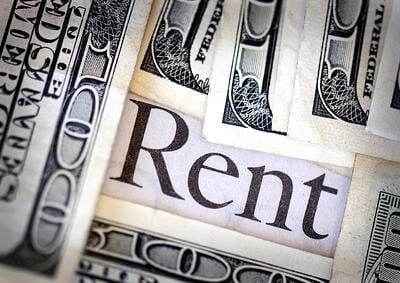
Before signing a lease, it's a good idea to think about the future. With many tenancy agreements, the rent you pay on day one bears little resemblance to what you'll pay for your first annual reconciliation, and after the rent escalations start. Even if you clearly define those escalations, you can end up at your landlord's mercy when it comes to paying for operating expenses that he controls. Following a three step process can help you plan for what could happen and manage escalation expenses.
Step One: Investigating OpEx History
Before signing a lease at a building, it's important to analyze its operating expenses both in the present and over time. If a building has stable occupancy, but operating expenses steadily increase by 4% or 5% per year, it's reasonable to project those increases moving forward into your financial model when analyzing the lease.
The deeper you can dig into the building's history and construction, the more meaningful your investigation will be. For instance, if you know that the building has older low-efficiency systems and is due for upgrades, you might be able to project lower expenses. On the other hand, if the expenses are low only because the building is largely vacant, you could be in for a very unpleasant surprise as you play a role in filling it up.
Benchmarking the building against its competition can be an excellent way to identify inconsistencies or opportunities for savings. For instance, a building that is running well below the area's norms could represent a problem with operating expenses, or the landlord has tenants directly paying expenses that would usually be included as CAM fees. When expenses are too high, it could be a sign of a higher level of landlord service or a building infrastructure issue.
Step Two: Investigating the Owner's History
Knowing how an owner operates his buildings is also helpful. One of the basic things that you should know is his maintenance style. If an owner keeps expenses low by skimping on repairs, but makes up for it by having very high bills for capital expenditure reimbursements every few years, you could be priming yourself for a nasty surprise. Owners that use their own maintenance crews could be doing it to save their tenants money, or to pad their own incomes. A tenant representative who knows the local market or a building insider may be able to identify how an owner could negatively impact your tenancy.
A building owner who poorly maintains the building will hand down rising operating expenses to you, year after year. Be cautious and seek insider information.
Step Three: Negotiating Optimally
Once you understand what a space costs and how you can reduce your costs, you can negotiate both rents and operating expenses. Here are some terms that you can request as a part of your negotiation:
-
Annual CAM increases capped at a fixed percentage.
-
Requiring the landlord to bear the cost of replacing capital equipment, sheltering you from liability from an owner's lax maintenance schedules.
-
Competitive bidding for repair work when an owner uses his own (expensive) crews.
-
The right to make efficiency upgrades to inefficient spaces.
-
Excluding sale-related property tax increases from your CAMs.
For further in-depth advice, check out 3 Tips for Reducing Rent Escalation Expenses.
Negotiating how operating expenses get handled can be as important as negotiating rental increases that work for you. While rents structured with CPI increases that have hard upper caps are typically the most tenant-friendly option, controlling your operating expenses can be even more important. Having knowledge and strategy before beginning the negotiation can help you get the best possible deal on both rents and operating expenses.
Here are a few other articles to check out:
Renew Your Office Lease Now or Wait
Making the Lease vs. Purchase Decision
Tips to Save Money on Your Commercial Lease
Subscribe to our blog for more great tips!!








